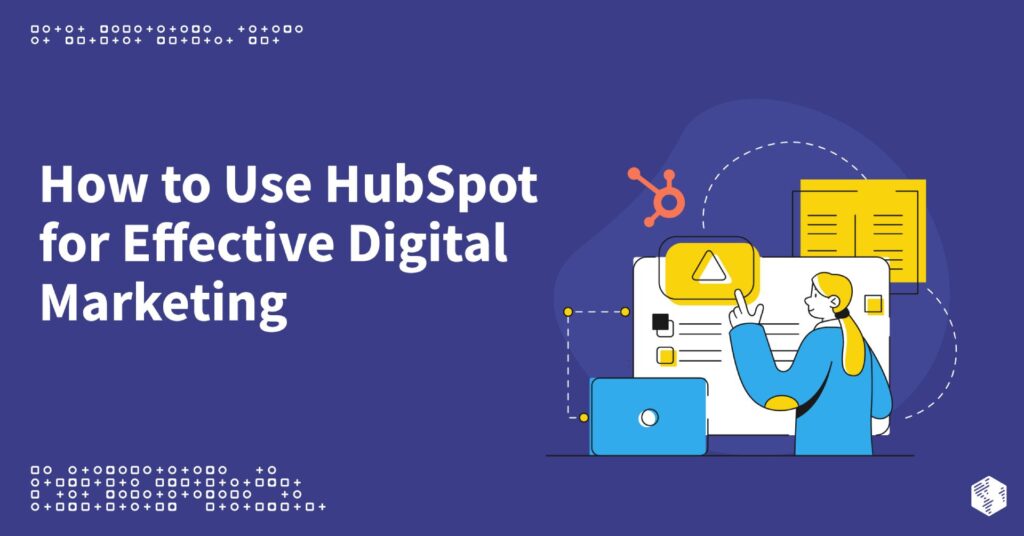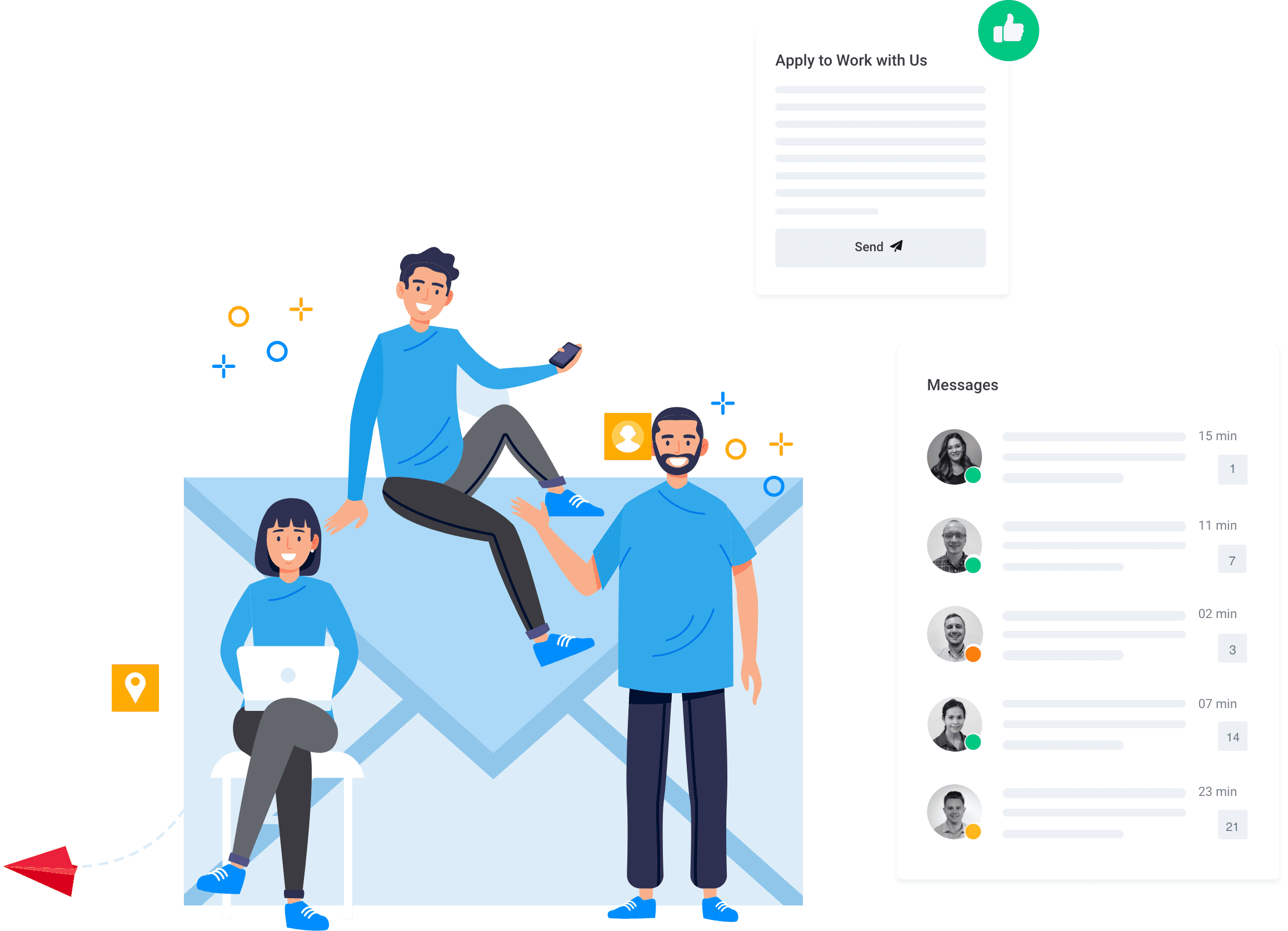When you think of mobile marketing, chances are you visualize teenagers, constantly sending text messages back and forth on their phones or tablets.
The reality, however, is that mobile marketing is one of the most powerful tools that business-to-business (B2B) companies can use to strengthen their digital sales funnel, regardless of the age of potential customers.
Mobile
The use of mobile devices has rapidly changed the way we perform business both internally and externally, which is why it’s one of the most effective platforms for B2B marketing today.
At the beginning of this year, surveys found 90% of American adults owned a cell phone, while over half, at 58%, owned a smart phone. Another 42% of American adults owned a tablet. These statistics are impossible to ignore, as they show America is increasingly becoming a nation dependent upon mobile technology.
When it comes to mobile strategies designed specifically for B2B companies, it’s important to be aware of the latest trends. Some strategies designed to help companies stay ahead of the curve in the mobile technology race include:
Responsive design
This has been and will likely continue to be the number one mobile technology priority for some time. Responsive web design is the practice of designing web pages so they will be accessible and easy to read from virtually any device, regardless of size or platform.
Screen resolution must be flexible so that it can be instantly formatted to a 17 inch desktop screen or a 3 inch mobile phone screen with ease. The resolutions of these two screens are obviously quite different from one another, and programming a website to recognize and adjust itself can be a major challenge – but one that is worth meeting.
Some companies and businesses solve this problem by having two distinct versions of their website. One version is formatted for a desktop computer, while the other is used for mobile phones or tablets. Some websites offer the possibility of viewing both formats on either device, if a user wishes to view a desktop layout on a mobile device. This can cost more money, but many businesses find that this simple solution is worth the price.
Use Google Analytics
Google Analytics lets a company track mobile user activity and see how it changes over time. For example, if mobile users often navigate to the site but immediately leave, or quite soon after landing, this is called having a high bounce rate.
High bounce rates usually indicate some sort of problem with the page. If you can see customers are not interested in your website, it is time to fix the problem. Make the page more interesting or more interactive, and track the changes Google Analytics shows you.
The Google program also gives information such as the most common referring sites. This tells a company or a business how site visitors are most often directed to the site, and how resources should be spent to encourage further visitor growth.
If the majority of visitors are redirected from third party advertisements, a business needs to continue and even possibly increase its third party advertising efforts.
Features
Another feature Google Analytics includes is the ability to determine which specific search results most often led internet users to your page. If a lot of website traffic comes from search engine results, you will be able to design your page in such a way as to cater to those search engine users.
These potential customers are looking for specific results, and if you know what they are searching for, you can readily offer it to them.
Mobile-friendly email
As with responsive web design, companies must be cognizant of the fact that a large majority of emails are opened and read on mobile devices. In 2012, 90% of smart phone users were viewing email accounts from both desktop and mobile devices.
A full 47% of emails are opened on a mobile device. Make sure all emails sent by your company or business are formatted properly for tablets and smart phones. This simple change will save a lot of hassle and potentially convert potential customers into paying consumers.
Mobile apps
Some people consider mobile apps a waste of time until they think about the amount of money the mobile app industry has generated (expected to be 25 million this year). Mobile apps have become a huge industry because of their often cheap price and their fad-like design.
Many apps that were downloaded and paid for by millions of people have now been replaced by three more apps. And those three new apps were all downloaded and paid for by the same people, turning that one million dollar revenue into four million.
It is this type of fast buying and fast spending that makes the app business so lucrative, and offers unlimited potential for businesses. Getting into the app business could prove incredibly lucrative in the long run, and businesses that ignore the trend might be left behind.
Cross channel promotions
Because of the prevalence of so many different types of devices, it has become necessary to develop cross channel marketing strategies. Email marketing is only so effective for so long, and it begins to lose its novelty.
Cross channel promotions allow companies to continue their correspondence with other companies and with customers longer than they would have in the past.
Integrating email and display advertising is one way companies have been able to keep interest high. Conversion rates increased when businesses implemented this integrated practice. Using mobile technology is another effective method of reaching customers and businesses.
Sending emails and texts to phones when products go on sale or new products arrive is a popular way for businesses to connect with customers or other companies as well.
Big data
Businesses are beginning to collect and analyze big data to better serve customers and business partners. By analyzing buying patterns across time and changing economic circumstances, businesses are better able to prepare for and anticipate the future.
For example, if data shows a trend toward increased mobile spending, companies can be prepared to adjust their selling habits to accommodate the increase.
Prioritizing Privacy
After the recent hack of Target’s database and the resulting multi-million dollar identity theft, people are more concerned than ever about protecting their privacy. This means customers and businesses are not as willing to freely put personal and private information on the internet as they may once have been.
Companies and businesses need to respect this and accommodate it.
By changing online protocol to ensure the utmost privacy and protection of website visitors, companies are much more likely to convert potential customers. Increased web protection will also potentially reassure potential business partners and could help smooth the way to beneficial relationships.
A solid privacy policy is perhaps even more important to mobile users than to desktop users. The recent hack of mobile app Snapchat and the fact that many people have had their credit card information stolen from their phone has made people increasingly cautious when it comes to mobile sales.
By instituting safe and secure payment practices and protecting customer and partner information, businesses can improve their reputation while at the same time providing quality service to those with whom they do business.































